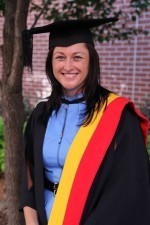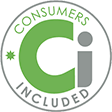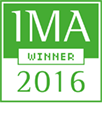Targeting Cancer proudly supports the Close the Gap campaign and welcomes our first Indigenous trainee to radiation oncology


Most Australians enjoy one of the highest life expectancies of any country in the world — but this is not true for Aboriginal and Torres Strait Islander people.
Aboriginal and Torres Strait Islander people can expect to live 10–17 years less than other Australians and experience higher rates of preventable illness such as heart disease, kidney disease and diabetes.
There are higher rates of cancer in the indigenous community and higher rates of death from cancer compared to non-indigenous Australians.
Is this the Australia you want? With your help we aim to close this health gap and achieve Aboriginal and Torres Strait Islander health equality within a generation.
Take action now and support Indigenous health equality
For more information on the campaign click here
Only 1% of people working in the health workforce are Indigenous, and even fewer work with health information or statistics.
It is with great pride that we welcome Kelly into the radiation oncology community and share her story with you to inspire more Indigenous students to enter the medical workforce and make a difference in the lives of others.
This is Kelly’s story:-
I grew up in a blue collar Australian family in south western Sydney. My Indigenous heritage comes from my father’s side of the family, while my mother’s heritage is English/Irish.
I was about 15 years old when it was confirmed while doing a family tree, that my great grandmother, Kathleen Davis, was a Dunghutti woman, from the mid-North Coast of New South Wales. That’s where my journey began. I actively identified as Indigenous and although at that stage I wasn’t overly involved in the community, it was something that remained close to my heart. I went to university, and worked as a Sonographer for 10 years before applying to do Medicine, through an indigenous entry pathway.
When I enrolled in Medicine and UWS, I became aware of the discrepancy in health between Indigenous and non-Indigenous Australians and this is when I became more passionate about doing something to help. I attended events through the university at Tharawal and was involved in research projects conducted through the Aboriginal Medical Service at Mt Druitt. I also became involved with the Indigenous Doctors Association, a vital organisation in trying to close the gap.
I recently started my specialty training in Radiation Oncology, and I am very proud to be the first Indigenous trainee. I would like to inspire more young Indigenous people to strive to enter specialty training areas. The more indigenous doctors we have, the more we can reach out to our communities and be role models for our young kids. My 11 year old twins are proud to be indigenous, and have high aspirations, one wants to be a doctor, the other a judge. These dreams are achievable for all children, especially indigenous children.
I want to help indigenous people with cancer. Through my involvement in radiation oncology, I have been alerted to the statistics of indigenous people and cancer. I guess not surprisingly, as with other diseases, there is still a large gap in prevalence of various cancers. Indigenous Australian women are 3 times more likely to develop cervical cancer, and twice as likely to die from the disease. These statistics are the same, throughout most cancers, and that is scary! Making people aware, educating, access to treatment and getting communities involved in screening programs is essential to minimise this gap.
And this is something I would like to be involved in.



